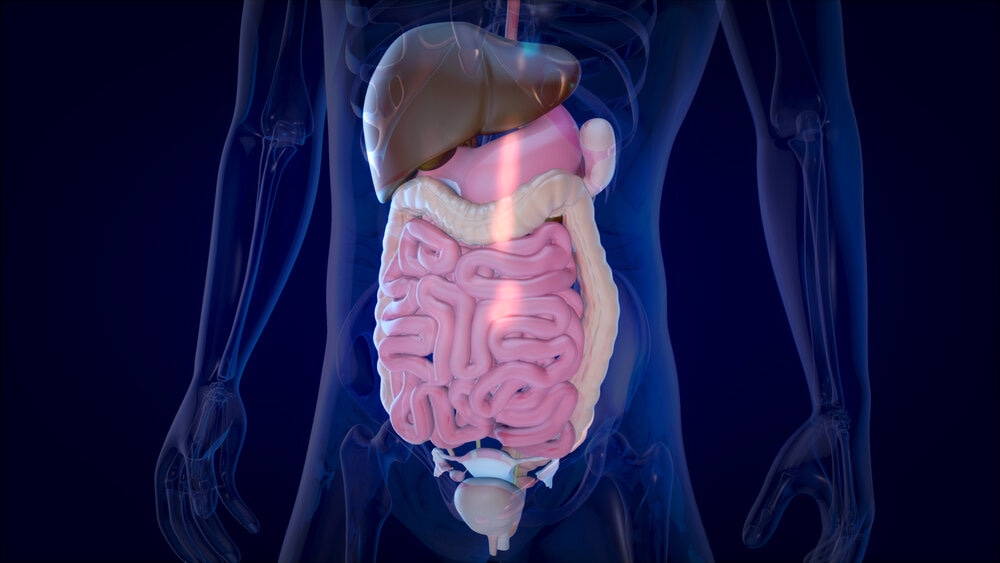Importance
We can help determine the following specific conditions:
- appendicitis (inflammation of the appendix)
- pyloric stenosis (narrowing of the lower stomach, which blocks the passage of food from the stomach into the intestines)
- kidney or gallbladder stones
- abdominal masses such as tumors, cysts or abscesses
- abnormal fluids in the abdomen

Is a safe and painless examination in which sound waves are used to obtain images of the abdomen.
During the study, sound waves are sent to the abdomen and the images are recorded on a machine. These images show the internal structures of the abdomen, such as the appendix, intestines, liver, gallbladder, pancreas, spleen, kidneys, and urinary bladder.
The complete abdominal ultrasound allows us to evaluate all the abdominal organs. A limited ultrasound of the abdomen evaluates one or more organs, but not all of them.
How the test is performed
The patient must remain lying down for the procedure. A conductive gel is applied to the skin over the abdomen. Then a manual probe called a transducer is passed over the abdomen.
